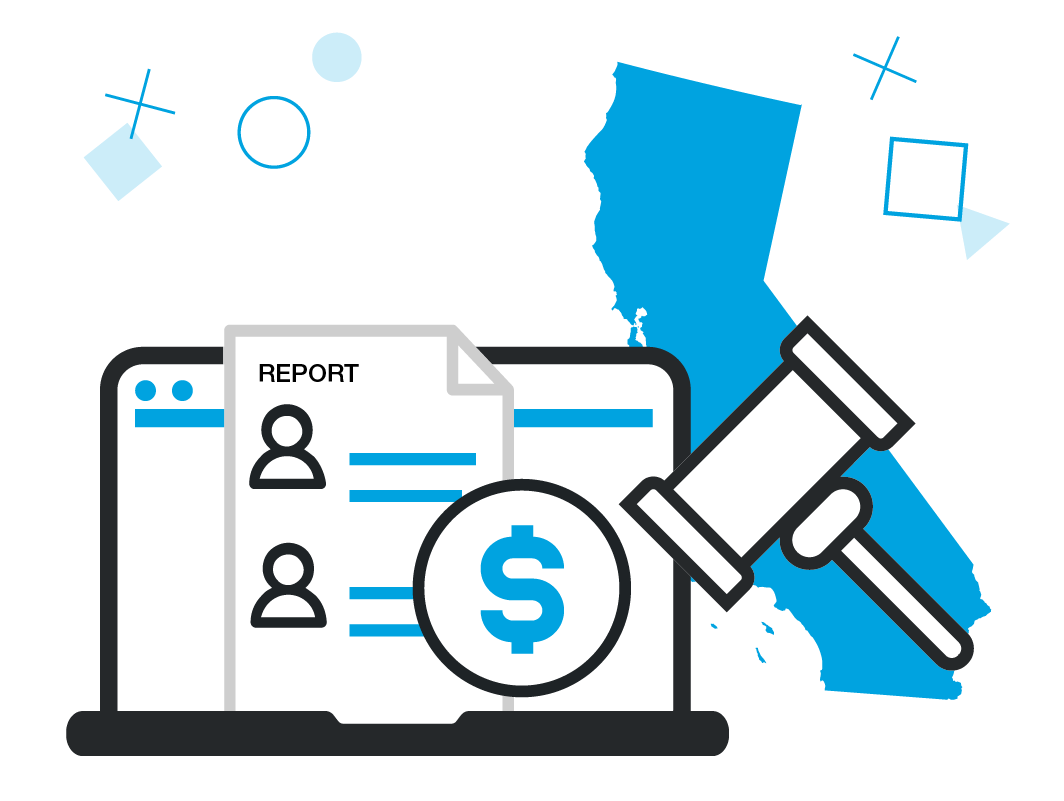
2 minute read
SB 973 requires private employers (with a workforce of 100 or more employees) to submit pay data reporting to the Department of Fair Employment and Housing (DFEH).
In accordance with SB 973 (California Pay Data Reporting), employers will have to file a pay data report by March 31, 2021, and by March 31 of each subsequent year. These state-mandated surveys comprise a multifaceted and comprehensive pay equity report, covering information such as the following:
- Number of employees by race, ethnicity, and sex, in each of the following job categories: executive or senior-level officials and managers, first or mid-level officials and managers, professionals, technicians, sales workers, administrative support workers, craft workers, operatives, laborers and helpers, and service workers;
- Number of employees by race, ethiniciy, and sex in each of the pay bands used by the U.S. Bureau of Labor Statistics and used in the Occupational Employment Statistics survey; and
- Total hours worked for each employee in each pay band.
As the deadline for SB 973 (California Pay Data Reporting) draws nearer, the best strategy for seamless compliance will be a proactive one. As this is the first year requiring such a comprehensive report, attempting an internal audit may be challenging. Compiling data early, and tracking often, will yield a higher degree of ease and accuracy when completing the survey.
A Proactive SB 973 Employer Checklist
- Step one is an evaluation of the existing mechanisms to track the data required on the SB 973 pay data report. A comprehensive data bank of payroll, employee positions, hours worked, and a cross-reference of accurate demographic information is the first step to meeting the new standards for pay data reporting.
- Given the complexity of workforce data involved in pay data reporting, evaluating the company’s capacity to gather and accurately report this information is essential.
- Rather than adding the burden of an audit to HR, connect with a third-party auditor to assess your company’s systems for tracking workforce data.
- Track unexplained wage disparities, and evaluate the need to create notations for explanation.
- Build a compendious strategy which can be scaled up or down as needed, and do so with pay parity and DE&I experts in the changing landscape of state and federal regulations.
For a truly comprehensive stance, an employer’s first step is outsourcing an internal audit of workforce data to a qualified third party. California Pay Data Reporting Law SB 973 is only a small part of the ever-shifting horizon of workplace regulations requiring employers to adapt quickly and sustainably. Taking a proactive stance will help to reduce risks associated with wage disparities and win the war for talent.



